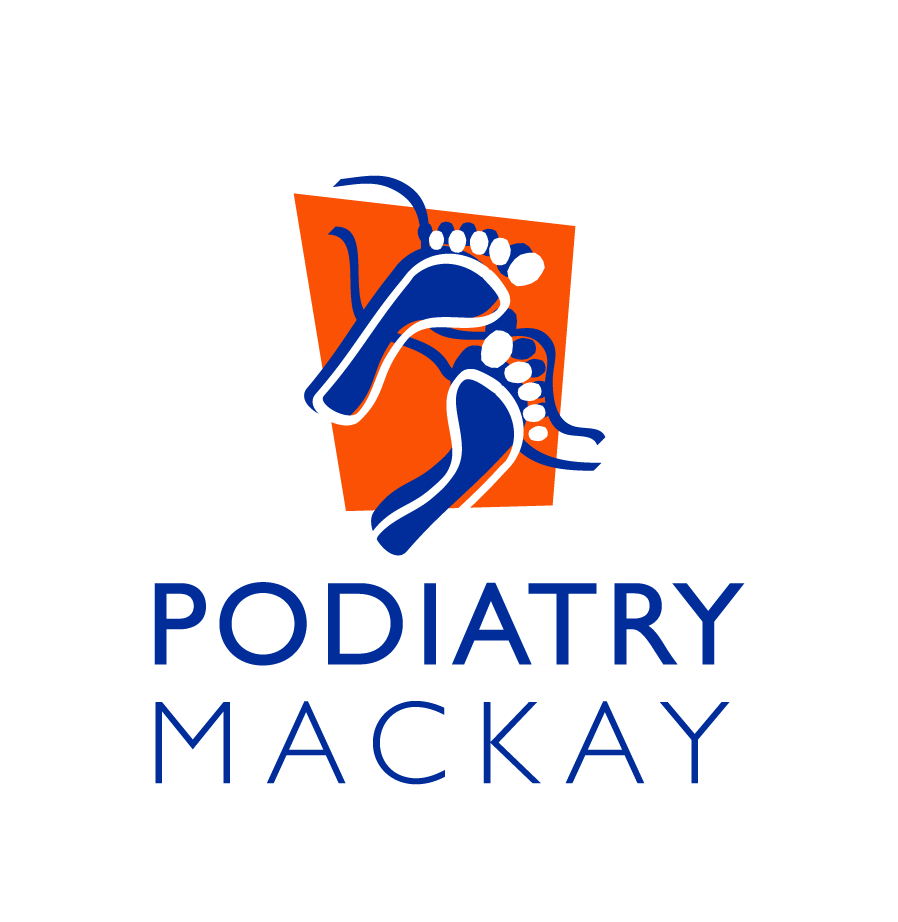Ingrown Toenails
What is it?
Ingrown toenails are a common condition in which the corner or side of a toenail grows into the soft flesh. The result is pain, inflamed skin, swelling and, sometimes, an infection.
Why did I get it? (Common causes can be but are not limited to:)
Wearing ill-fitting shoes that crowd toenails
Cutting toenails too short or improper cuts at the edge of the nails
Broken toenails
Trauma to the toe or nail plate
Unusually curved toenails
Genetic predisposition
Symptoms:
Pain
Redness at the toe
Swelling at the toenail
Tenderness
Limping
Infection around toenail
How is it diagnosed?
Your health care provider can diagnose an ingrown toenail based on your symptoms and a physical examination of the nail and the surrounding skin.
Possible treatments:
Your Podiatrist may recommend:
Lifting the nail. For a slightly ingrown nail, your health care provider may carefully lift the ingrowing nail edge and place cotton or a splint under it. This separates the nail from the overlying skin and helps the nail grow above the skin edge, usually in 2 to 12 weeks. At home, you'll need to soak the toe and replace the material daily. Your health care provider might also prescribe a corticosteroid cream to apply after soaking.
Another approach, which minimizes the need for daily replacement, uses cotton coated with a solution that fixes it in place and makes it waterproof (collodion).
Partially removing the nail. For a more severe ingrown toenail (inflamed skin, pain and pus), your health care provider may numb the toe and trim or remove the ingrown portion of the nail. It could take 2 to 4 months for your toenail to grow back.
Removing the nail and tissue (Nail Wedge Resection or Nail Avulsion). If you have the problem repeatedly on the same toe, your health care provider may suggest removing a portion of the nail along with the underlying tissue (nail bed). This procedure may prevent that part of the nail from growing back. Your health care provider will numb the toe and use a chemical.
Nail Bracing. The Onyfix nail correction system is a versatile and innovative product that enables completely painless treatment of almost all forms of involuted and ingrown toenails. Your Podiatrist adapts the system individually and fixes it to your nail, which is then brought back into its natural shape as it grows. The whole process is pain-free, during application and throughout the entire treatment!
A little bit of information for those getting a Nail Wedge Resection:
Pre-operative:
These are a few things to be aware of before the nail wedge resection is performed:
Recovery – it normally takes 3-4 weeks for the toe to finally heal. In that time, you will be asked to clean and dress the toe in a particular way.
You can go back to school or work after a NWR has been performed, however it is always best to give the foot 1-2 days recovery; eg. Have the procedure on a Friday afternoon.
Pain post-operatively is minimal and generally controlled with Panadol or similar.
Cost is variable, depending on what procedure is being done. Part of this may be claimable through private health insurance depending on your fund and level of podiatry extras cover.
Please let your podiatrist know if you have any of the following prior to the start of surgery:
· Allergies
· Currently taking medication (especially blood thinners or anti-inflammatories)
· Any bleeding problems
· Are prone to fainting
· Have previously had a poor reaction to local anaesthetic
Allow 45-60 minutes for the procedure. It is best not to drive home afterwards or expect to do a lot of activity.
No alcohol or tobacco for 12 hours.
Post Operative:
Leave the toe dressed, clean and dry for the next 2 days. You will be asked to return to the clinic for the initial dressing change within the next 48 hours.
Rest with your feet up for the first 12 hours or so.
In case of an emergency, ie. Experiencing pain above what should be anticipated, contact Podiatry Mackay during business hours, or your podiatrist directly on the phone number provided at your appointment.
If bleeding occurs through the dressing, put on another absorbent dressing over the current dressing to allow for clotting to occur. Don’t remove the dressing, unless pain increases.
Panadol or similar is generally all that is required for pain relief following the procedure.
